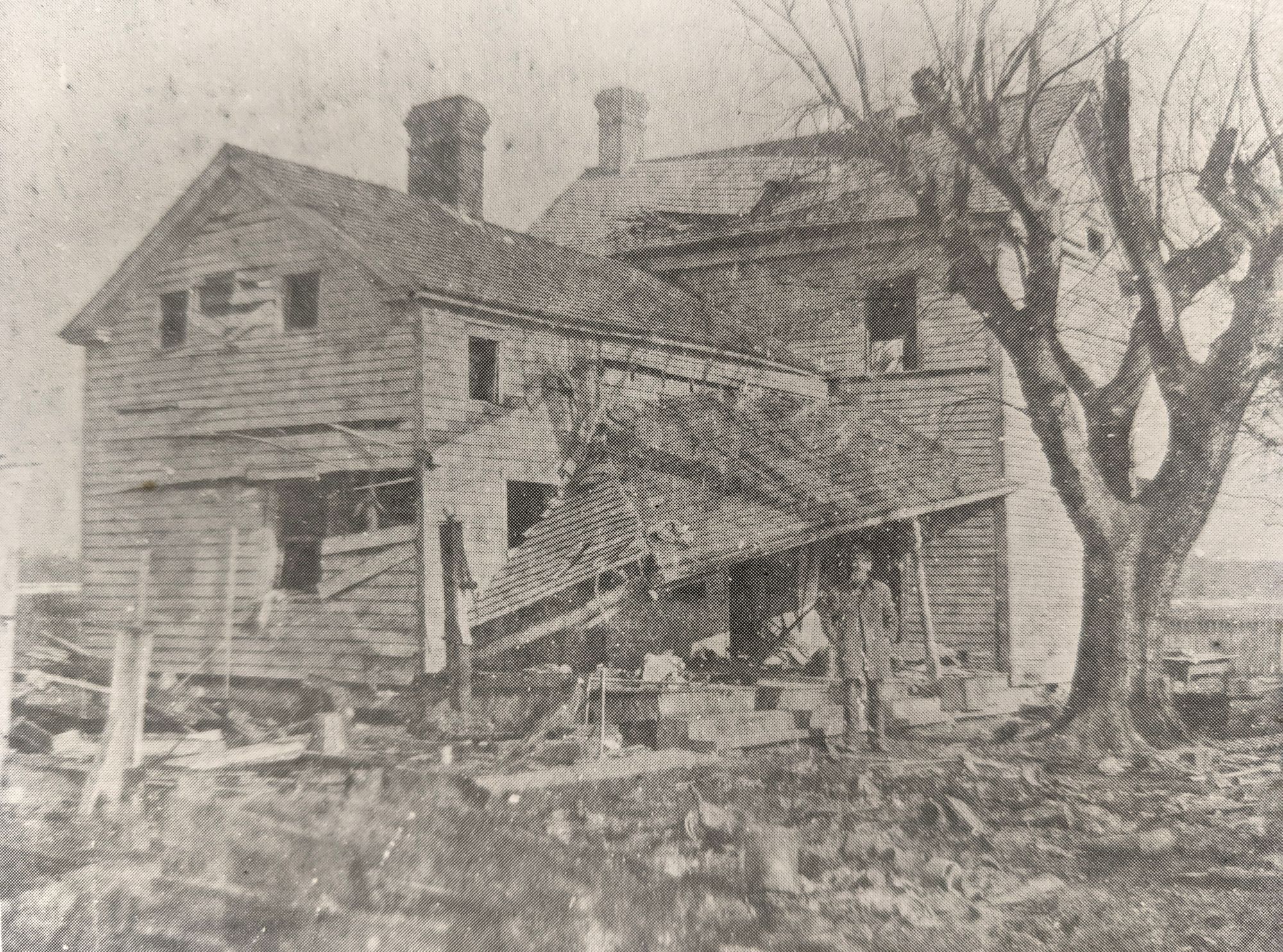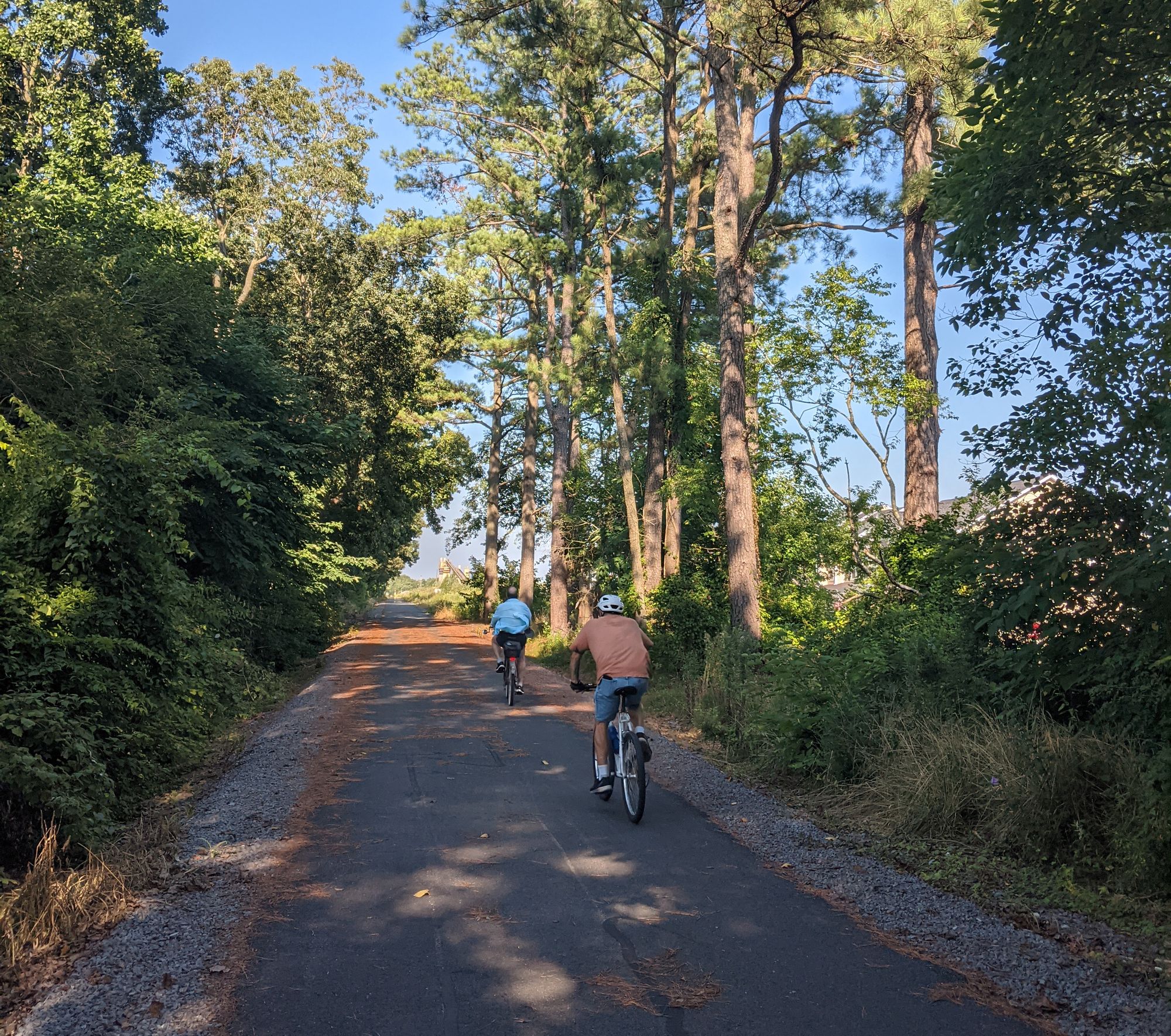For Nanticoke tribe, powwow preserves culture and shares it
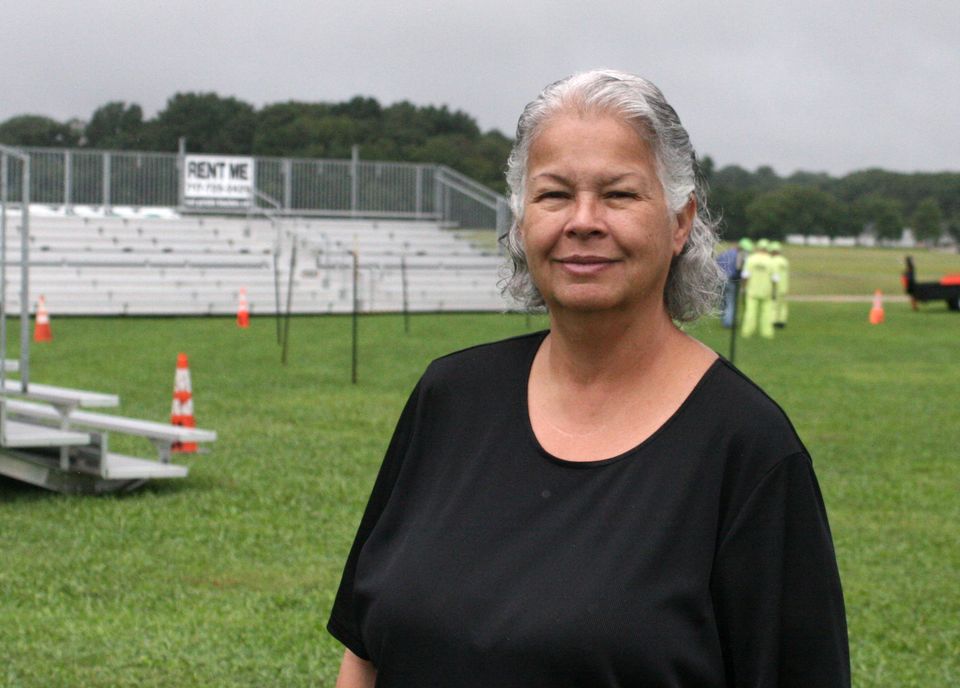
As newcomers flood into Sussex County, longtime residents sometimes sort people into the categories of “from heres” and “come heres.” If you go back a few hundred years, though, everyone is a “come here.”
Well, not everyone.
For decades now, the Nanticoke Indian Tribe, the original from-heres, has held its powwow in southern Delaware. It’s a dual-purpose event, a homecoming of sorts for tribal members that preserves and passes along history and tradition to the next generation, and a way to educate non-natives who may have misconceptions or ignorance about those same traditions.
The tribe estimates there are around 2,000 people who trace back to Nanticoke ancestry. The tribal association has about 700 members, which includes around 500 members living in Delaware.
Up to 40 other tribes from around the country also send representatives for the weekend.
“I always say that when we go into the dance arena, we go in carefully, remembering our ancestors,” Nanticoke Chief Natosha Norwood Carmine said. “Honoring our ancestors and our elders, and taking the opportunity to share our culture and our traditions, but also to teach our youth.” She sees the event as marking a season of change just before the time of gathering provisions for the winter.
This year’s powwow will be held Saturday and Sunday, Sept. 11-12, at a new venue at Hudson Fields along Route 1 north of Lewes. People will also be able to swing by on Friday night for a sneak peek at the vendors and a pig roast.
It’s the 43rd annual powwow dating back to the 70s, but Carmine says the tradition goes back further than that. Powwows were held until the 1940s when they were disrupted by World War II, she said, and there was a hiatus for several decades.
“I still think we have the best powwow on the East Coast,” she said.
The new spot at Hudson Fields was a work in progress on Thursday, with people putting up a canopy and doing other setup work in weather that alternated from a drizzle to a downpour. (The weather over the weekend, though, is expected to be sunny).
The powwow has had its tribulations lately, getting rained out in 2018 and canceled because of COVID in 2020, but it has long been a popular event in the area. Something like 15,000 people would show up at previous powwows, Carmine estimated, but they’re moving from their usual spot in Millsboro to the new location to allow the event to grow even more.
“Many people in Sussex County have never been to the powwow,” she said. If the new location enhances the event, “that’s what we need, because we have to realize one day we will be ancestors, and what legacy have we left for our young people?”
As for the visitors, Carmine said they enjoy seeing the dances and the regalia, trying the food, and bringing their children and grandchildren for the experience. “It’s a family fun day.”
The extra space will give the tribe a chance to try some experiments, like the car show they’re adding for the first time this year, organized by the Delaware Street Rod Association.
Don't miss an article: Subscribe to the Delaware Independent
Preserving the tribe’s past and future
“It’s kind of a reunion now,” Carmine said of the powwow, saying family members around the country come home for the weekend. “It’s the time that the community comes together.”
It’s more than just a get-together, though. In recent decades, events like this have been a sort of coming out for Native Americans joining in the civil rights movement, the National Museum of the American Indian notes. Native people have faced discrimination for centuries, and this event is noteworthy as a public celebration of Nanticoke culture that might not have been so welcome in the past.
Morning Star, a 76-year-old tribe member from Millsboro who works at the tribe’s museum, said she attended the segregated school for Indians in Millsboro for eight years. Her parents, she said, didn’t talk much about their heritage.
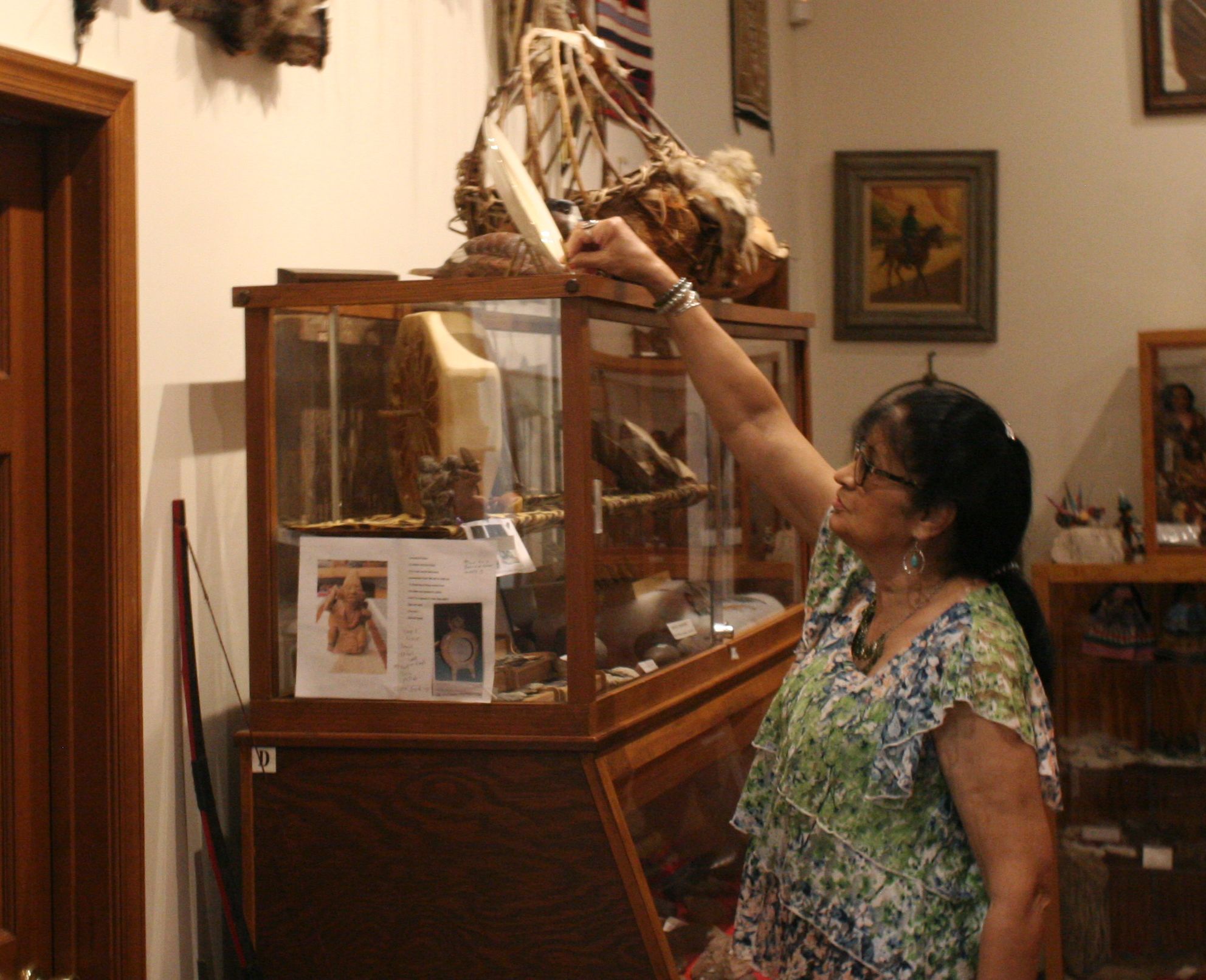
Carmine had a similar story. “My parents didn’t speak of being Nanticoke or Native American,” she said. “... My mother, you know, she never spoke of it because there were hurts.”
The tribe needs to put such an emphasis on preserving culture because it’s left with fragments after steadily losing language and traditions after the arrival of Europeans in the early 1600s.
Wars and epidemic disease wiped out many native people, and the National Museum of the American Indian points out that for people with an oral tradition, “when elders died, it was like having entire libraries burn down.” Later on, as the economy became industrialized, tribe members moved to cities to get jobs, a further obstacle to passing down their culture.
Tribe member Herman Jackson, of Georgetown, a longtime powwow volunteer, noted that East Coast tribes like the Nanticoke have had to survive for centuries, since they were among the first to make contact with Europeans.
“We’re still here … we’ve been here and we survived through everything,” he said.
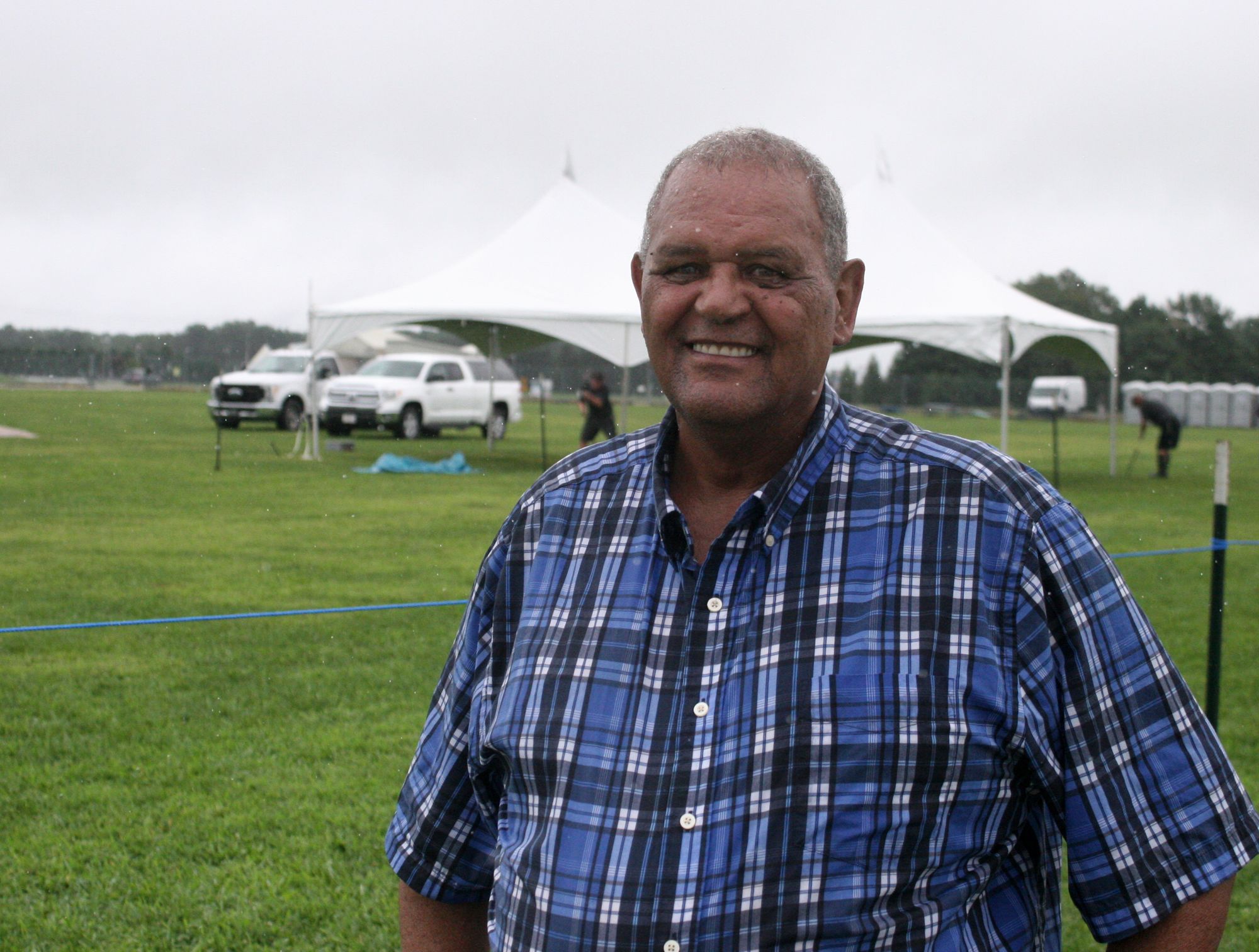
Part of the reason Morning Star works in the museum, she said, is that it’s her past, and it brings back memories and keeps things in perspective for the younger generation. She pointed out old portrait photos in a display case, one of which was of her great-grandfather.
Road names and geographic features in the area still reflect the tribe’s influence. There’s Indian River, of course, in eastern Sussex. And if you drive from the Hudson Fields powwow site to the Nanticoke Indian Museum in Millsboro, on Indian Mission Road you’ll pass Indian Mission Church (founded in the 1880s and still part of the tribe’s holdings), and go by a development called Indian Town Farms.
The tribe’s original territory was along the Nanticoke River watershed, an area that included parts of the Eastern Shore of Maryland, with a main village near the present-day town of Vienna, along with territory in what is now western Sussex County. One old map shows a main settlement close to the site of Seaford. Eventually, they were pushed to a 3,000 acre reservation area along Broad Creek, which runs through Laurel before joining with the Nanticoke River. Many members of the tribe ended up leaving for other states, but others remained, eventually moving to the Indian River area and staying there to this day.
The state of Delaware recognized the Nanticoke Tribe in 1881, and the nonprofit Nanticoke Indian Association formed in 1921, according to the tribe’s website. The tribe now owns the Nanticoke Indian Museum, a tribal center and a 16-acre donated parcel of land.
Despite the painful parts of the tribe’s history, Chief Carmine focused not on the past, but on shared community with broader Sussex County and the nation, and on building up the tribe and its culture for the future.
“No one should be judged by their ethnicity. Because everyone’s blood is red, you know, and that togetherness makes us stronger.”
Jackson, too, though he spoke candidly about the Nanticoke people facing invasion in the past, exuded positivity, saying he enjoys his Nanticoke identity and telling others about it. He gives talks to students and adults too, educating them about Nanticoke culture.
“I just like getting our culture out there,” he said. He’ll be one of the dancers at the powwow this weekend.
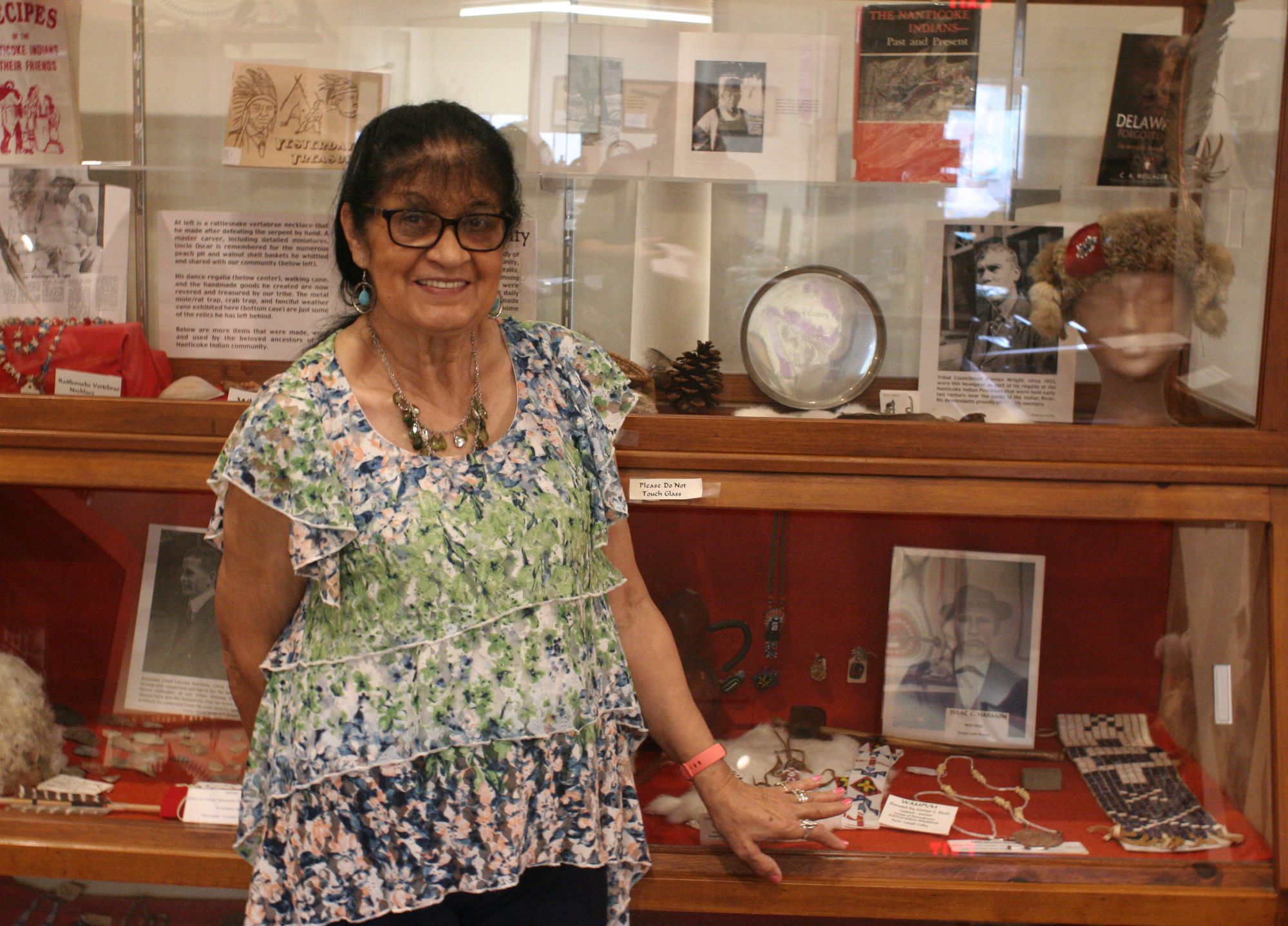
Looking ahead
Carmine, Jackson and Morning Star all spoke about their desire to see future generations of the Nanticoke Tribe carrying on the traditions.
Other goals for Carmine include the tribe acquiring more land, large enough to host the powwow someday. She also spoke of a project to bring the Nanticoke language back, with tools like audio recordings and children’s books.
“That’s a huge project, and it’s going to take time. And to bring the language back that we can all speak to each other in our language is amazing.”
Jackson hopes the next generation keeps up the powwow and its traditions, “that they’re out here doing what I’m doing now, which I’ve seen our elders do before me, and they’ve seen their elders before them … I always want the little ones to come out, dance, and know what it’s all about.”
Morning Star’s wish was much the same. “When we pass, they will … be the leaders of our future, and keep their history in mind … where we came from and how we survived.”
More on the 43rd annual Nanticoke Powwow
Where: Hudson Fields, 30045 Eagle Crest Road, Milton
Overview: The powwow opens Friday at 4 p.m. with a vendor preview and pig roast. Saturday’s event is from 10 a.m. to 7 p.m., with two dance sessions and the Grand Entry, a parade of dancers, at noon. Sunday features church services at 8:30 a.m. and 10 a.m., with a dance session and Grand Entry at noon. Dances have been expanded this year to include Aztec dancers.
Cost: $8 for adults, $5 for children 11 to 17, free for children 10 and under.
Vendors will sell food, jewelry, beadwork, leather, arts and crafts and more.
The tribe requests that people ask permission before taking photos of individuals.
Background sources:
"Eastern Shore Indians of Virginia and Maryland," by Helen Rountree and Thomas Davidson
www.nanticokeindians.org and www.restorehandsell.org
"We Have a Story to Tell: Native Peoples of the Chesapeake Region," from the National Museum of the American Indian's education office
More stories:

